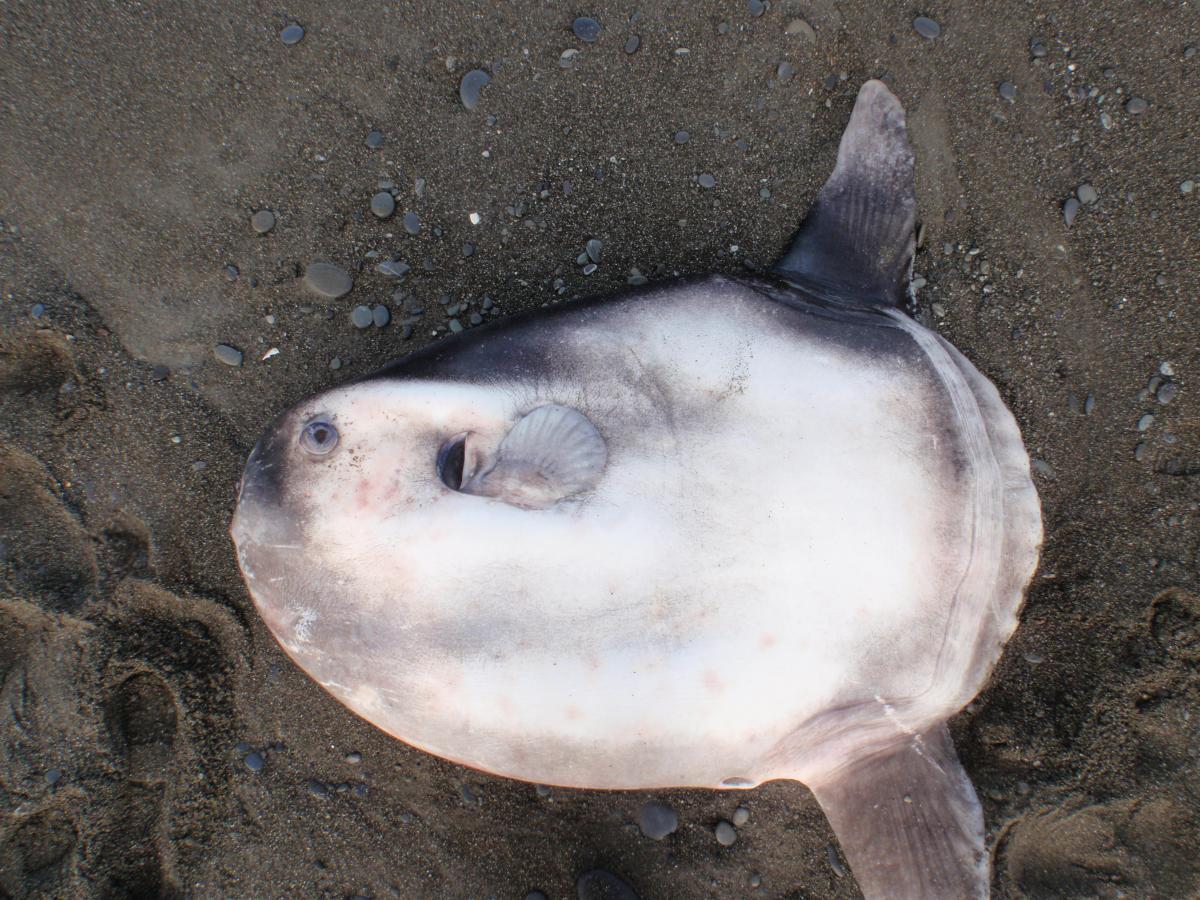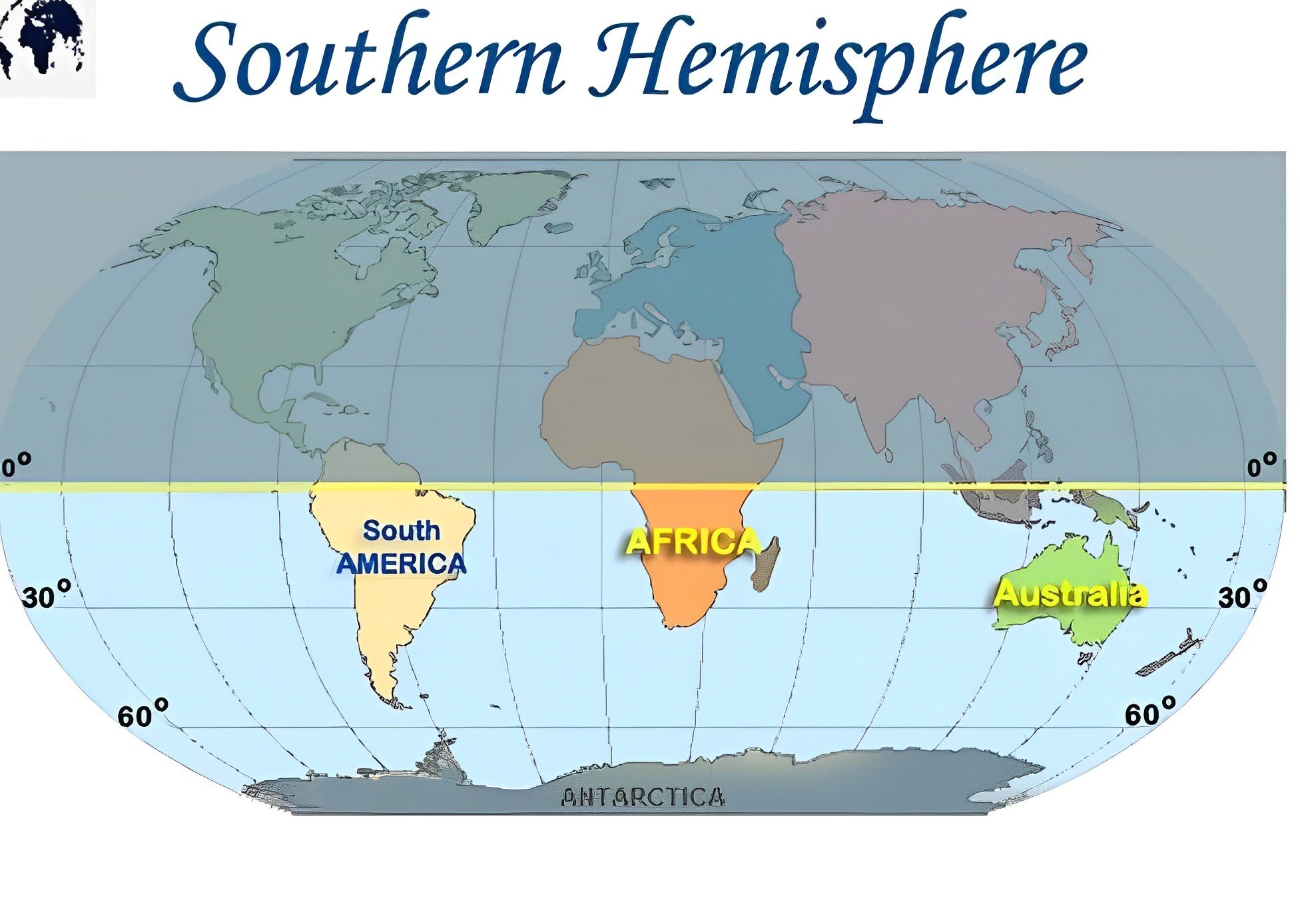Unusual And Huge Grey Blob Found In California
In February 2019, a massive grey blob surfaced on a Southern California beach. Visitors at Santa Barbara’s Coal Oil Point Reserve were stunned to witness a mysterious 600-pound sea animal washed up to the shore.
No one at the beach seemed to be familiar with the sea creature, and it took the help of a marine biologist to unravel its unexpected identity. Here’s how it all played out.
Found At the Right Place, At the Right Time
An interesting aspect of the Grey Blob’s discovery was its discovery location. Santa Barbara’s Coal Oil Point Reserve seems to be the right place to stumble upon a rare sea animal.

Source: Will McClintock/YouTube
Part of the University of California National Reserves System, the Coal Oil Point (C.O.P) Reserve is one of the most valued research hubs in the U.S.A. The reserve reflects the University of California’s efforts toward advancing biological science.
The Grey Blob Was Washed Ashore
Interestingly, Santa Barbara’s Coal Oil Point Reserve is also a haven for inquisitive visitors. The reserve hosts visitors who are eager to witness the blessings of nature.

Source: @Johnnyjet/Twitter
Here, visitors, comprising mostly university classes, can take a two-hour tour of the reserve. It was on one such tour day the grey blob emerged from the waters and was pushed toward the shore.
The Grey Blob Was Seven Feet Long
A seven feet long sea creature is something. To help you picture how long seven feet is, try to imagine the length of two standard baseball bats placed end to end. Yeah, that’s it.

Source: TheMediaBrothers/Reddit
At a length of seven feet, the creature is pretty massive. Add to this the fact that it weighed a staggering 600 pounds, and you can better understand the awe it generated on the beachside.
Visitors Tried to Guess What the Creature Was
Visitors at the reserve, who were pretty excited to be part of the discovery, made several guesses about the blob’s identity. As you can expect, there were probably a dozen potential answers flying around.

Source: @marry_gaming__/Twitter
There was one such answer that came pretty close: Ocean Sunfish. For many reasons, the blob could, to a significant extent, pass for a sunfish. Let’s see why.
Here’s Why It Looked Pretty Close To An Ocean Sunfish
Firstly, its shape. The ocean sunfish is oval-shaped, just like the blob. The ocean sunfish is pretty heavy too. Some sunfishes could weigh as much as 4000 pounds.

Source: @marry_gaming__/Twitter
Considering its length, there are also striking similarities. The ocean sunfish, also called a Mola mola, can get as long as 10.9 feet. Some could be the same or close to 7 feet long, just like the blob.
Wondering What Attracted This Creature to a California Beach?
The University of California, Santa Barbara campus runs Santa Barbara’s Coal Oil Point Reserve. Both are just about 3 miles away. This reserve promotes biological research by preserving the natural habitat for plants and animals.

Source: University of California Natural Reserve System, UCSB
It isn’t at all surprising to see numerous species of animals and plants in the reserve, including some rare creatures. What’s different with the grey blob is its size.
The Grey Blob Wasn't Alive
It’s not difficult to guess that the grey blob wasn’t alive when it was found by an intern at the Coal Oil Point Reserves. The intern who worked as a conservation specialist, Jessica Nielsen, alerted the other staff of the reserve.

Source: Pierce Abrahamson/Pinterest
Upon stumbling on the fish, she immediately called others to come to take a look. Soon afterward, the others took photos of the fish and posted them on social media, looking for answers to its mysterious identity.
Jessica Nielsen Describes Her Experience
According to Jessica, previous discoveries of washed-up sea animals were mostly jellyfish. There was nothing to prepare her for this grey blob.

Source: Reddit
According to the University of California, Santa Barbara press, Jessica had a hard time unraveling the animal’s identity due to its strange features. According to her, “it was the most remarkable organism I have ever seen washed up on the beach.”
A Seasoned Environmentalist Also Took a Look
Thomas Turner first got wind of the discovery when someone posted a photo of the animal on the reserve’s Facebook page. Just like many others who saw the photos, Turner tried to demystify the animal, but to no avail.

Source: @Diploprion/Twitter
His inquisitiveness drove him to take a look at the fish. After driving to the scene of the discovery, he began to examine the strange creature. He discovered other striking and unusual features.
The Sea Creature Was Tailless
One of the significant features of a fish is its tail. When Thomas Turner set his sights on the creature, he discovered to his amazement, that it had no tail.

Source: @marry_gaming__/Twitter
He discovered something else too. “…all of its teeth are fused,” he said. All it had that could pass for a mouth was just a large round opening.
A Museum Staff Dispels the Ocean Sunfish Theory
As photos of the fish traveled across the internet, another scientist helped inch us closer to the truth. Ralph Foster was a fish expert who worked at the South Australian Museum.

Source: viator.com
After taking a good look at the photos, he could confidently debunk the assumption that the creature was an ocean sunfish. Even though he could strike out the false identification, he had no clue of the fish’s identity. So, he called someone he knew would.
They Seek The Help of A Reputable Scientist
The quest for help identifying the sea creature was harrowing until it got to a reputable marine biologist. Marianne Nyegaard is a Danish scientist who has spent decades studying marine life. She is based in Auckland, New Zealand.

Source: @aberdeenuni/Twitter
Ralph Foster sent her the photos of the fish. Fortunately, the ocean sunfish is her specialty. She is quite renowned for her ability to identify and differentiate species of ocean sunfish, and she has an answer for us.
Marianne Nyegaard Requests for Better Pictures
When Marianne Nyegaard looked at the pictures, she discovered they weren’t clear enough. She needed clearer pictures to have a good look at the creature.

Source: @bkipmdenpasar/Twitter
According to her, she got in touch with Ralph Foster, who then contacted Thomas Turner and Jessica Nielsen, requesting higher-quality pictures. Thomas and Jessica then set out to the beach to take clearer pictures of the blob.
The Grey Blob is Nowhere to Be Found
Jessica and Thomas couldn’t find the creature when they got back to the beach. It had already been two days since its discovery.

Source: 22ckl/YouTube
It was difficult to tell for sure what had happened. Had it been washed back into the sea? Most probably. They decided to do a more thorough search of the beach, just to make sure it was missing.
They Found the Grey Blob Again
They both decided to search for the fish by walking toward each other from the two ends of the beach. After a while of searching, they discovered the blob lying some meters away from its original location.

Source: @CBCScienceEnv/Twitter
Now they could take clearer photos for Marianne. They took a couple of them, which they sent to her.
Marianne Cracks the Puzzle
Jessica Nielsen was super proud to be part of what has turned out to be a significant discovery of the century. She describes her experience as “exciting.”

Source: Wikimedia
On Marianne’s part, she knew that the rest of the team had confidence in her ability to demystify the creature, and she didn’t disappoint. She figured out what it was once she got a better picture of the animal.
It is a Hoodwinker Sunfish
Back in 2017, Marianne led an international team of scientists to discover the hoodwinker sunfish. At the time, it was a newly discovered species of sunfish. So, she was no novice in sunfish identification.

Source: Wikimedia
She and her team unraveled the species while researching Indo-Pacific ocean sunfish species. She and her team discovered the new species of sunfish by analyzing ocean sunfish DNA through skin samples. Now, she had a picture of one right before her eyes.
The Hoodwinker Is One of Numerous Sunfish Species
There are about 30 different species of sunfish. However, the hoodwinker sunfish was one of the most elusive. Its scientific name is Mola tecta, and just like the other species of sunfish, it isn’t easily distinguishable from the common ocean sunfish (Mola mola).

Source: Pinterest
Another interesting aspect of this discovery was that California was the most unlikely place to find such a fish that loves to hide.
The Hoodwinker Sunfish Was Far Away From Home
The hoodwinker fish loves to stay in the Southern Hemisphere. So, the most likely places you can expect to see one will include Australia, New Zealand, and South Africa. Pretty much near the shores of any country in the lower half of the earth.

Source: Blankworldmap.net/Pinterest
This discovery of a Hoodwinker Sunfish in California is more fascinating, given how far away from home it had strayed.
Another Discovery of This Nature is Still Unlikely
Based on what scientists have discovered, the chances of finding another stray hoodwinker sunfish are extremely unlikely. To date, marine biologists struggle to explain why or how this rare sunfish species found its way to California.

Source: Pinterest
For now, we have to give the California hoodwinker sunfish all the credit. Scientists will continue to hope that other sunfish species (if there are any) will, like this hoodwinker, leave their comfort zones.
